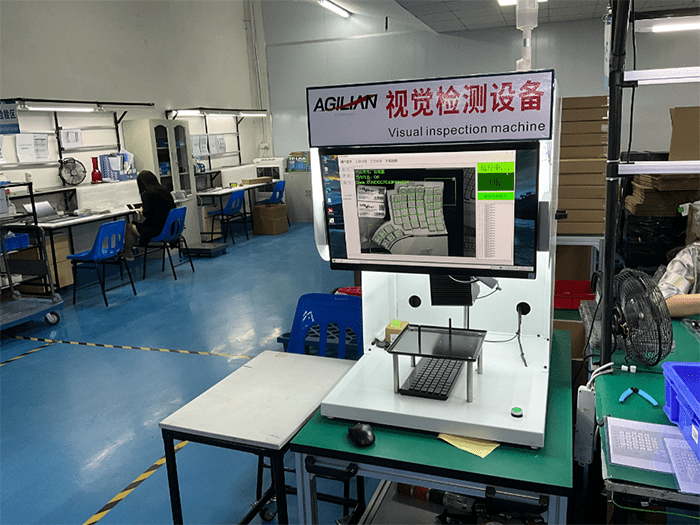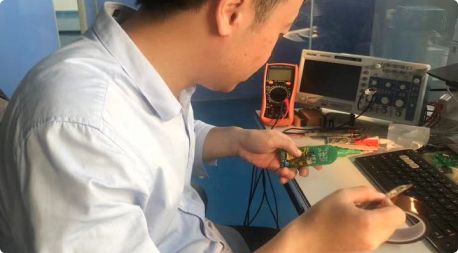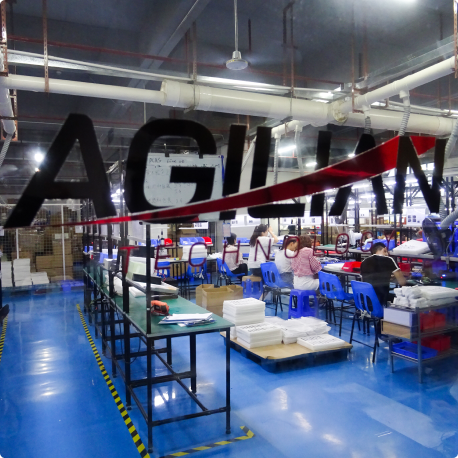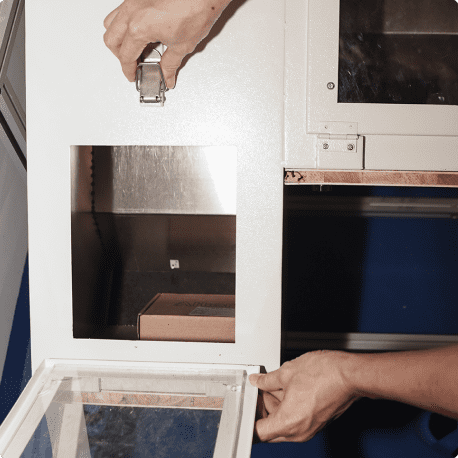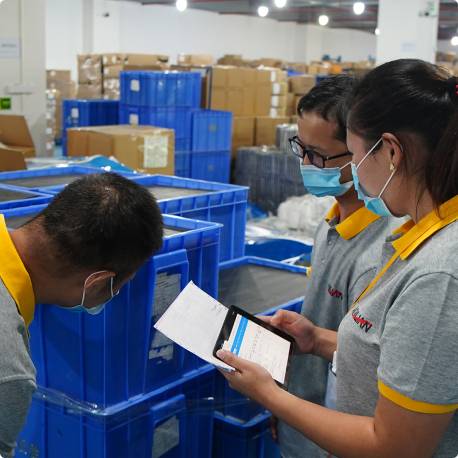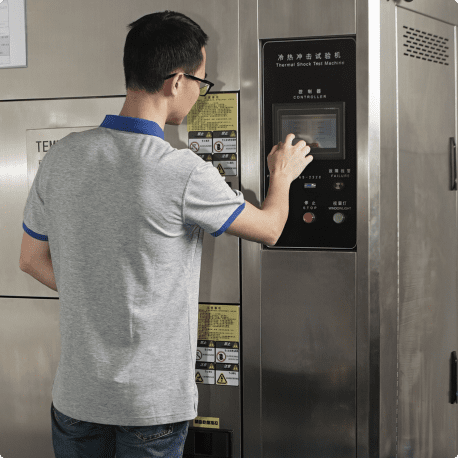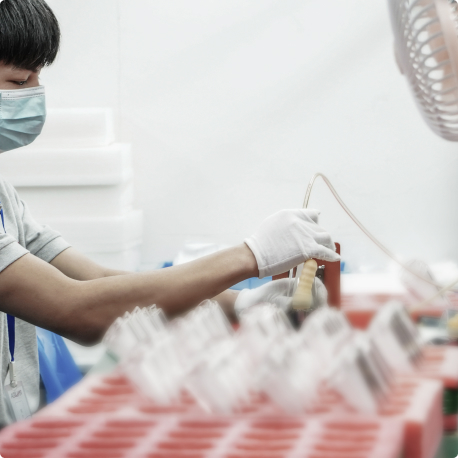We can include our automated optical inspection station on assembly lines, or after a fabrication process (typically PCBA), so it can catch certain defects that an inspector (who costs more per minute) might not detect.
It also records the data so they can be checked later. It takes photos, analyzes them, and records them (with the serial number when there is one).
